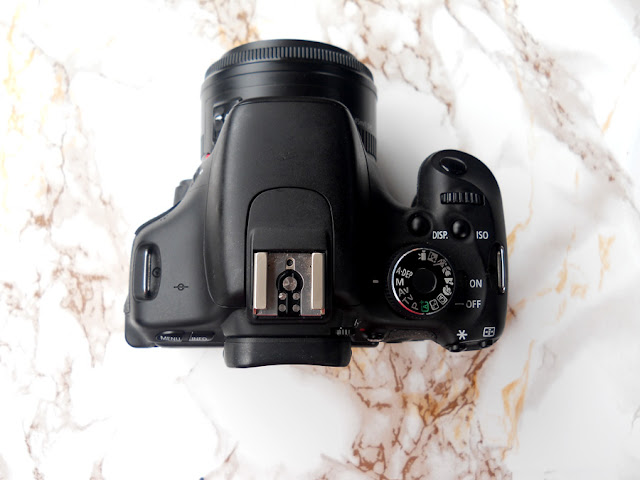
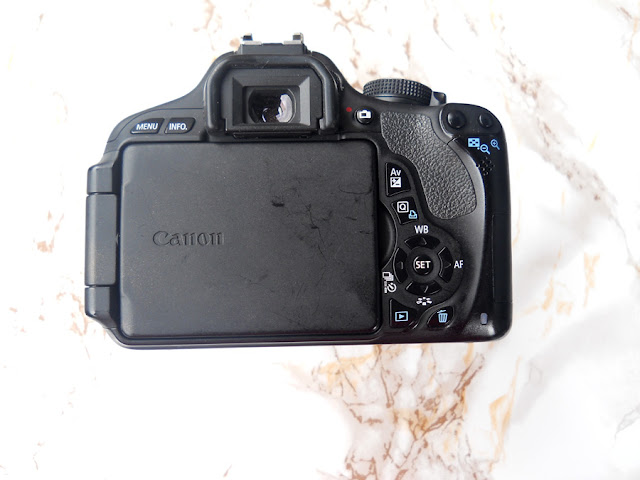
I know I always start most of my photography posts this way but I have to thank you for letting me know you like my photos. I really appreciate all your comments, likes, emails, tweets, etc and it makes me want to improve my skills. I have some photography posts here so it would be great if you checked them out to get a good background. One of the questions I get often is around what settings I use for my photos and I thought I need to share them today. I will be sharing how I edit my photos in another post coming up soon.
I use the Canon 600D DSLR Camera which is an entry level
camera and it’s also a blogger’s favourite. It has a flip screen which makes it
ideal for shooting videos and also getting various angles of photos. I always
flip the screen out when I am taking flat lay photos or photos of
things/people/places taller than me. It gives you a nice view because it can be
adjusted to suit your needs. I use a Canon 50 mm 1.8 Lens for majority of my
blog photos. This is the lens that gives crisp photos and a blurry
background which many people like. I plan to do a video showing how I shoot my
YouTube videos but I will do that once I sort out my sound system. I also have my Kit Lens which came with the Camera and it's the Canon 18-55 mm F 3.5/5.6 lens.
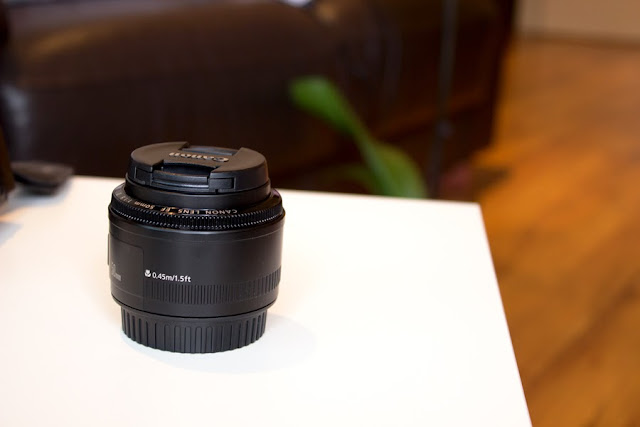
Common Camera Terminologies

Common Camera Terminologies
I thought it would be useful to talk about a few techy
camera terminologies so this post will be understandable. I have to mention
that I am no expert photographer; I am just a regular amateur who just happens
to love photography and is willing to practise and make mistakes. I am not
going to use proper techy definitions because you can find them on Google. I
would use a layman’s explanation so it is more realistic and you can get a
better picture (no pun intended). Many photographers would tell you that the
secret to getting stunning image is in the lighting and post processing. I
completely agree with that. All the pictures taken of my camera in this post
was taken by my Nikon CoolPix S22 Camera which is a regular digital camera. It
still takes great photos provided the lighting is optimum.
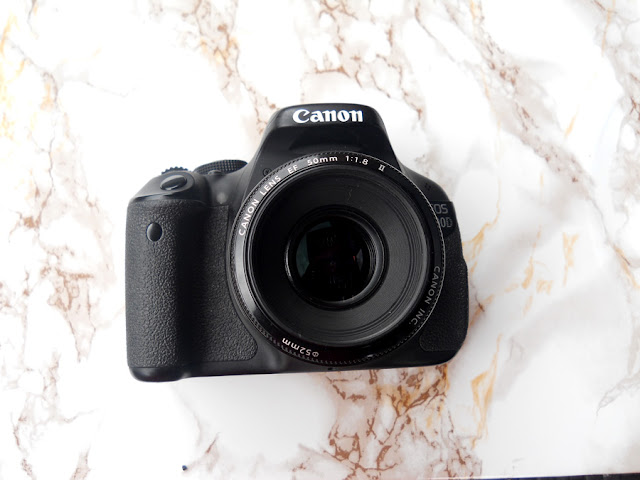
What’s a DSLR Camera?
DSLR stands for Digital Single Lens Reflex. There are various DSLR cameras out there but they give a better image quality than a regular bridge camera or a point and shoot camera. The image you get on a DSLR camera is a true representation of the actual image (or at least as close as possible). DSLR Cameras have mirrors inside that are angled at 45 degrees and this ensures that it captures as much light as possible to give the bets image quality. I believe that’s the main difference between a regular DSLR camera and a regular digital camera. The image you see on the viewfinder on a DSLR camera is a true representation of the image in real life.
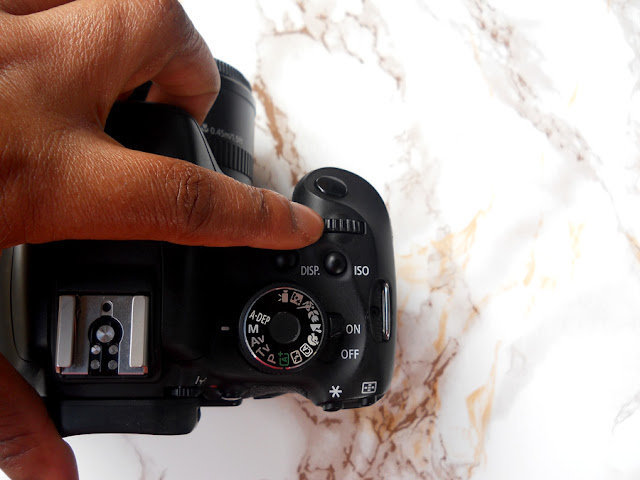
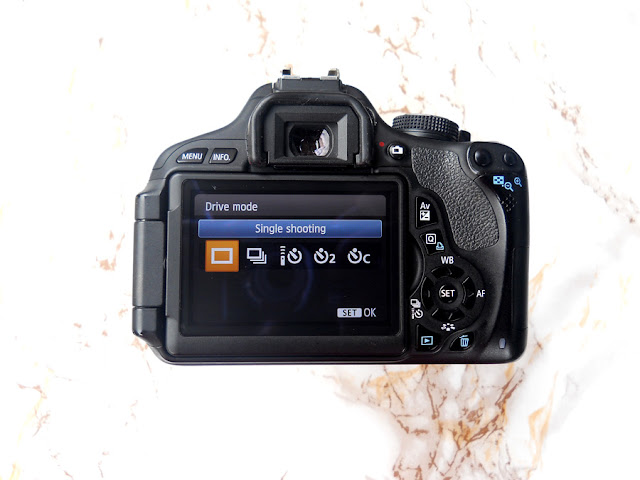
What Mode do I shoot on?
I always shoot on Manual because it gives you so much control over all your images compared to the Auto Mode. The Auto Mode is good if you are not confident on your settings but if you want your images to stand out, you have to switch to Manual. The mode can be changed with the little dial on the top of your camera. With the Manual Mode, you have control over your ISO, Aperture and Shutter Speed. This is what makes the final image stand out. It’s just like driving a manual car, you do a little more work because you have to use more controls in the car. You also adjust your control based on the situation. That’s just the same (well nearly the same) as using the Manual Mode in a camera. I also set it on Single Shooting Mode which means I get only one image with a shot. There are other settings on there for multiple shots which is good when you are taking motion photos so you can select the best. There is also a mode for syncing with my remote and a mode for setting a timer.
Camera Settings
I am sure you may have heard of ISO, Aperture, and Shutter
Speed at some point if you own any camera or read posts on blog photos. They
all control the amount of light that gets into the camera which also determines
the image quality you get. There are various settings on each DSLR camera but I
would concentrate on the one I have on my Canon 600D.
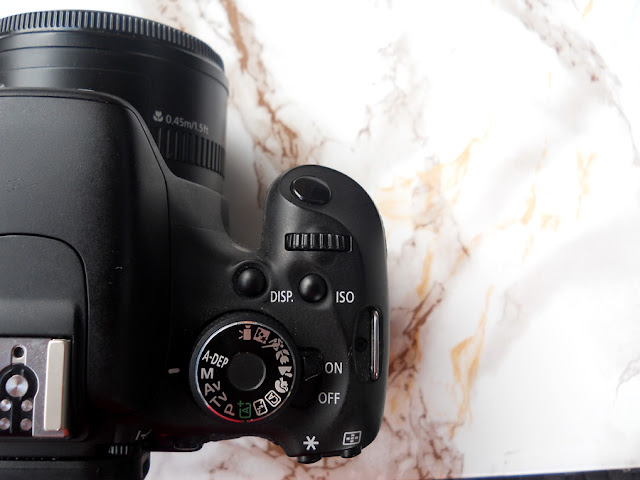
What's ISO?- ISO stands for the International Standardization Organisation. I believe it applies to other areas/sectors as well. However, we are talking about photography and it refers to the sensitivity of a film or sensor in a camera. On my camera, there are six ISO settings starting including 200, 400, 800, 1600 , 3200, and 6400. I believe some cameras have other ISOs on them but mine has these five settings. The higher the ISO number, the brighter your image would be. However, you need to be really careful because the higher the ISO, the more grainy (or the noisier) your image quality would be. I don’t use a standard ISO setting because it all depends on the lighting I have on the day. Below is an example of my ISO Settings
Bright Sunny Day (Outdoor Photo)- ISO 200
Bright Sunny Day (Indoors)- ISO 400
Gloomy Outdoor Photos- 400
Gloomy Indoor Photos- 800
Low Light Settings- 1600 (I hate to use this but I use my
Canon 50 mm 1.8)
Of course, this is not gospel but this is what works for me.
I don’t stick strictly to it per say but I just do a lot of tests and amend
accordingly. If all fails or your are confused, you can use Auto Mode where the camera decides for you what the best ISO is.
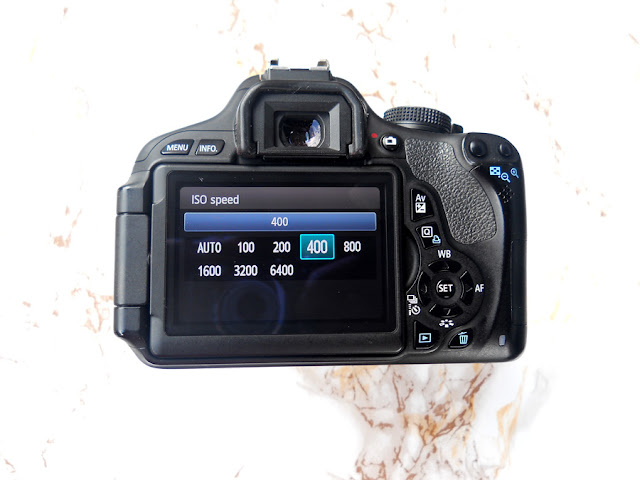
What's Aperture?- Aperture is the little hole in the camera lens that opens and closes to allow light come in and out. It works in the same way as the human eye. The pupil in the eye expands or shrinks depending on the amount of light that hits it. It’s just the same way the aperture works on a lens. It is measured in F stop which is why you see lens as F1.8, F2, etc. However, the numbers may be a little confusing but stay with me, it gets easy. The smaller the F stop number, the more light comes into the lens and we know more light means a crisp bright image. For example, I have two lenses; one is the kit lens and has an aperture of F 3.5-5.6 and I have my Nifty Fifty Lens with an aperture of F1.8. The Nifty Fifty (Canon 50mm F1.8) gives me the best image quality because it allows a large amount of light into the camera and I can use it in low light settings. The Kit Lens is good for outdoor photos and bright indoor photos but it is limited in low light settings. I always use my Canon 50 mm 1.8 for my blog photos because it also gives the blurry background. The aperture of a lens is responsible for the blurry background in photos and videos. The Kit Lens can do it but you need to go all the way down to F3.5.
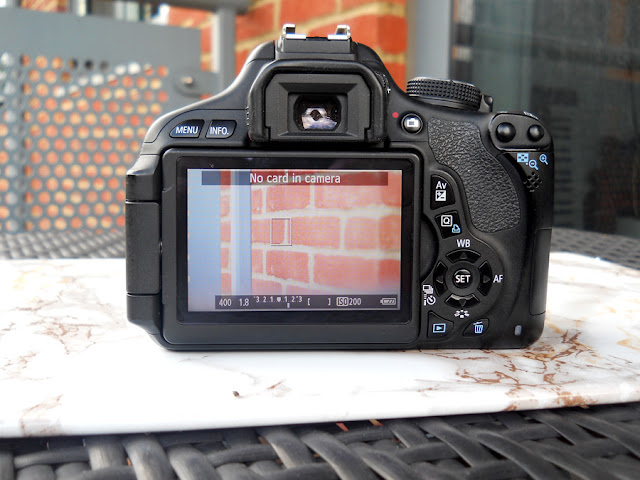
What's Shutter Speed- The shutter speed is very straightforward and it determines the length of time a camera’s shutter is open to allow light hit the camera. They are measured in fractions of a second which see it denoted as 1/60, 1/100, etc. On my camera it shows as actual numbers not fractions; so it appears like 50, 60, etc. A slow shutter speed is used for low light situations as it allows light to hit the camera for a longer time while a fast one allows light to hit a camera for shorter time (freeze motion). For my blog photos, I tend to use shutter speeds of at least 50 but it all depends on the lighting available. I find that it is better for product photos because they are stationary and don’t move about. When I wanted to take a photo of the La Roche Posay Thermal Spring Water (being sprayed which was a fail ), I increased the shutter speed to 150 or so. This was because it was moving (spraying) and I wanted to get it in action.
Ever since I purchased my camera, I have always shot in RAW.
I know many people think RAW is an acronym for something (I thought so as well)
but it just means raw. It implies that the image is in its truest form and it
has not been processed by the camera. The image quality is excellent and the
files are large. It is stored in the camera as CR2 format which is not easily
recognised. The good thing about shooting in RAW is that it gives you
soooooooo much control over your image. I try my best to get the best lighting
and conditions for my blog photos but I know that pre-editing in the RAW editor
(Not the real name) will fix any nasty conditions. When you shoot in RAW, you
can change the exposure, contrast, highlight, color, tones, temperature,
brightness, saturation in fact you can change all the settings that you can
ever think of. The only problem is that the images are very large (I am talking about 25MB minimum) and they take up a lot of space on memory cards and computers. I
would tell you how I mitigate this in my editing post coming soon. Of course,
there are other Image Qualities you can select on your DSLR but I prefer
choosing RAW. When images are stored in JPEG, the camera automatically
processes the image and you don’t have any control any more unless you use
other photo editors but it is not the same.
I need to mention that you don’t have to run out and buy a
DSLR camera especially if you only want to use it to blog (If you have the
resources, why not). I say this because you can get amazing images with other
digital cameras. I already mentioned that the photos in this post were taken on
my Nikon Cool Pix which is just a regular digital camera under £50 with such
amazing quality. I am aware I have not covered everything because I am not an
expert but if you have any comments below, leave them and I will answer them.
Alternatively, you can email me on liv@fashstyleliv.com.
If you want me to do a similar post on this but using a regular digital camera,
let me know and I will write it up. What are your favourite camera tips?...xx
















This was beyond helpfu . Thank u very much
ReplyDeletewww.simplyuneeke.com
I am so pleased it was!! I will be posting on how I edit my photos!!...xx
Deletelove the quality of the nikon pictures.What type of lighting do you use?..
ReplyDeletewww.cheecheelive.com
Thank you so much!! I used my Nikon for majority of my blog photos until March/April 2014. The only problem is I have to take the photos outside on my balcony or near a big open window as it does not do well in low light situations. I used natural lighting in this post and edited with Photoshop Adobe CS6. I have one studio light and a smaller LED light but I hardly use them (only during winter)..hope this answers your question...xx
DeleteThis was very helpful, thanks for sharing these tips. I currently have a Sony DSLR and still learning all the time!
ReplyDeleteHanh x | hanhabelle
I am so pleased you found it helpful!! I heard Sony DSLRs are so amazing and they have lovely features that are good for blogging...xx
DeleteThis is Rebel T4i, isn't it? Another blogger fave is Rebel T5i or 700D. I'm eye-ing on both T4i and T5i, well actually I plan to buy only one of them but still can't decide which best to buy :p And this post will help me get through my critical first moment handling a DSLR someday LOL! :D
ReplyDeleteSince I count on my digicam for, like, ever. So, I guess a fully-featured camera would make me nervous >.<!
I had no idea you did not have a DSLR because your photos are so amazing!! I am sure they would be exquisite once you get a DSLR. I am glad this post will be helpful to you when you get yours. My camera is the Rebel T3i (Canon 600D). I really like it although they are better models out there but it has a soft spot in my heart...xx
DeleteThis comment has been removed by the author.
ReplyDelete